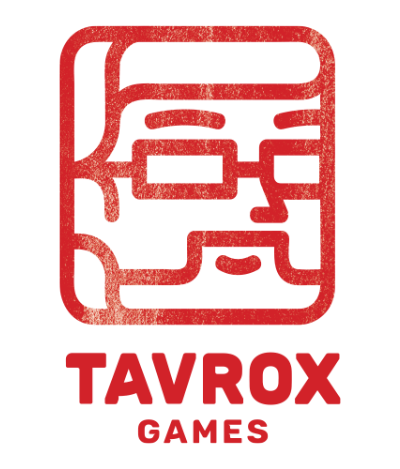I’ve worked with several publishers, game studios and worked on 20+ games at different stages of their development. Today, I’d like to share with you some ugly truths about them, some stuff that isn’t very sexy, clickbaiting or that you cannot act upon.
1 — Wishlists are the main figures that matter to them
Indie publishers used to suck at predicting a game’s success before its release. Nowadays, we know that wishlists have a huge impact on how games will sell at their release. A low number of wishlists is a bad sign.
Your number of wishlists per day is important and is one of the key data you can work on before contacting a publisher.
- 100 wishlists/day is crazy good.
- 50 wishlists/day is very interesting and promising.
- 20 wishlists/day is an average good indie game on Steam.
- 10 wishlists/day is a bit low and probably not worth investing 50k into the project.
- 5 wishlists/day is a catastrophe and you need to rework MAJOR parts of your game, marketing or design.
I’ve seen devs seeing their wishlist number plummeting and thinking “that’s the publisher’s fault!” It is, but it’s also yours. If the game fails to bring new traction, the publisher will rank it lower in their priority list.
2 — They will drop out of the game if it doesn’t bring money
Publishers don’t want to support your game forever. They have a bandwidth: their time is limited and they need to release new games. Most of the money comes from releases and big sales. Updates are cool for the long tail, but it doesn’t bring money to their company.
If your game is having a mildly successful release, you’ll be on your own because the publisher is mostly interested in making money.
I saw business relationships deteriorating because developers thought all the marketing was done by the publishers. You need to work on it as well. Don’t leave everything to the publisher but don’t settle for a low-effort marketing campaign.

3 — They’re great at getting past trends and unable to predict future trends
Publishers have a high need for cash flow so they’re playing safe 90% of the time. The 10% left is their gamer ego that wants to fund the games they’ve always loved as a kid. That’s why you’ll see Devolver publishing both high-quality multiplayer games (Fall Guys, Absolver) and 2D retro pixel art (Carrion, Loop Hero).
But they will always be late to the current trends. That’s why indie developers without publishers can be much better than them. They need less money and can make risky marketing or design choices ahead of their time.
4 — They’re unable to see placeholders for what they are
When you send a vertical slice or prototype, it needs to be super fun. It is a hundred times better to have a high-quality 10-minute demo than a medium-quality 100-minute demo. That’s normal, they’re humans after all.
I advise you to disable non-functioning parts of your game rather than hiding them. It can show that you have features that may or may not ever be released. The latter depends on the publisher though and some players like to have a “preview” on what the game may evolve to.
Back to the time when I was working at Goblinz Studio. I remember we had these devs who had a pretty okay simulation-management prototype. Unfortunately, they had around 25% of their menus marked as “WIP interface,” and we couldn’t interact with those mechanics. That was more frustrating than interesting. They have now released their games with mild success, but couldn’t manage to find a publisher.

